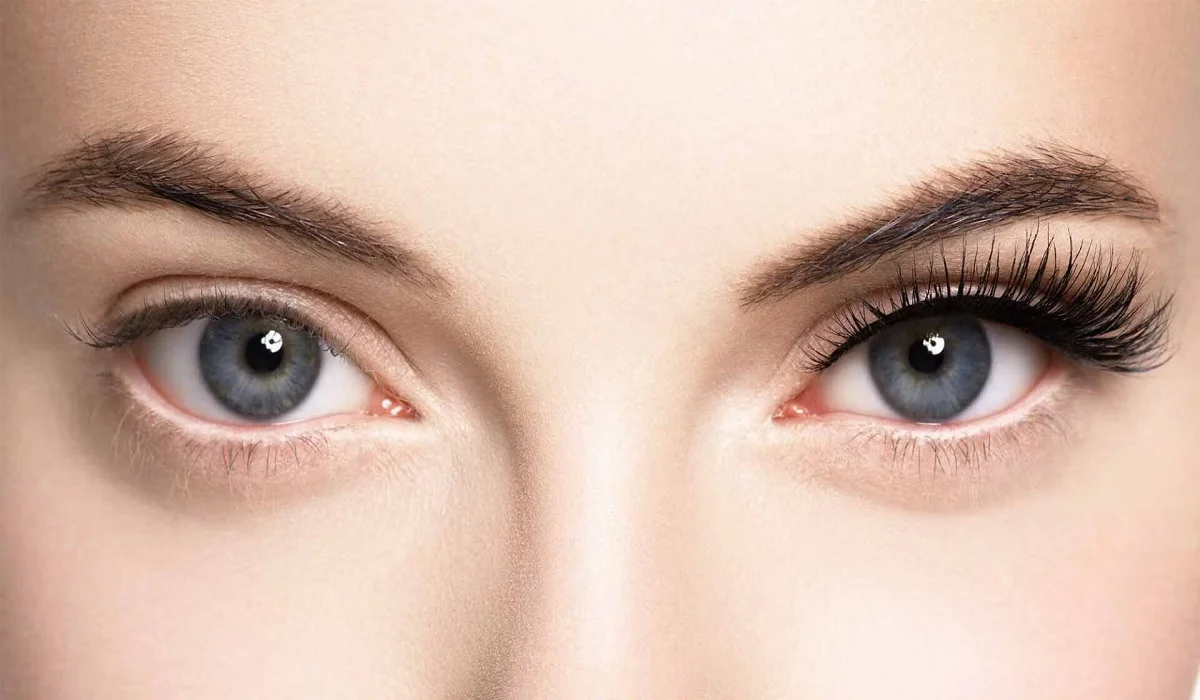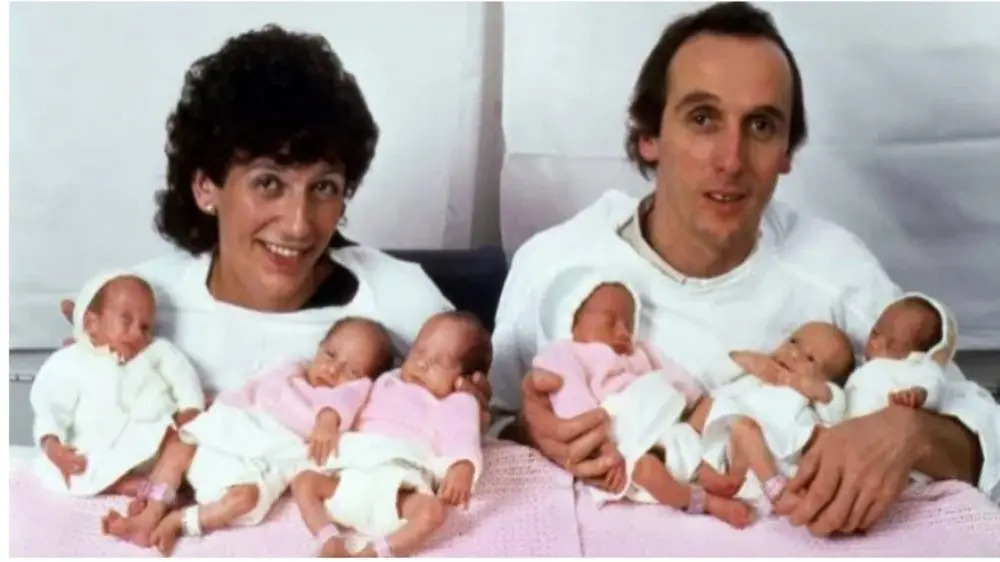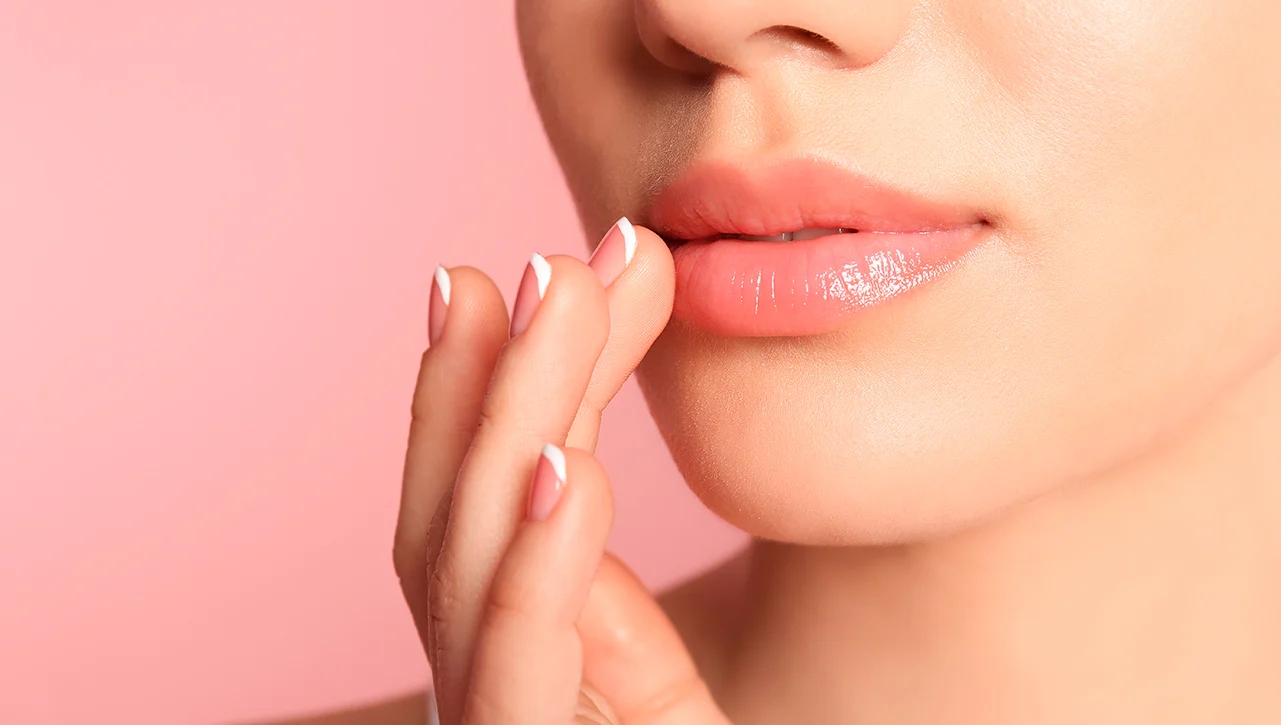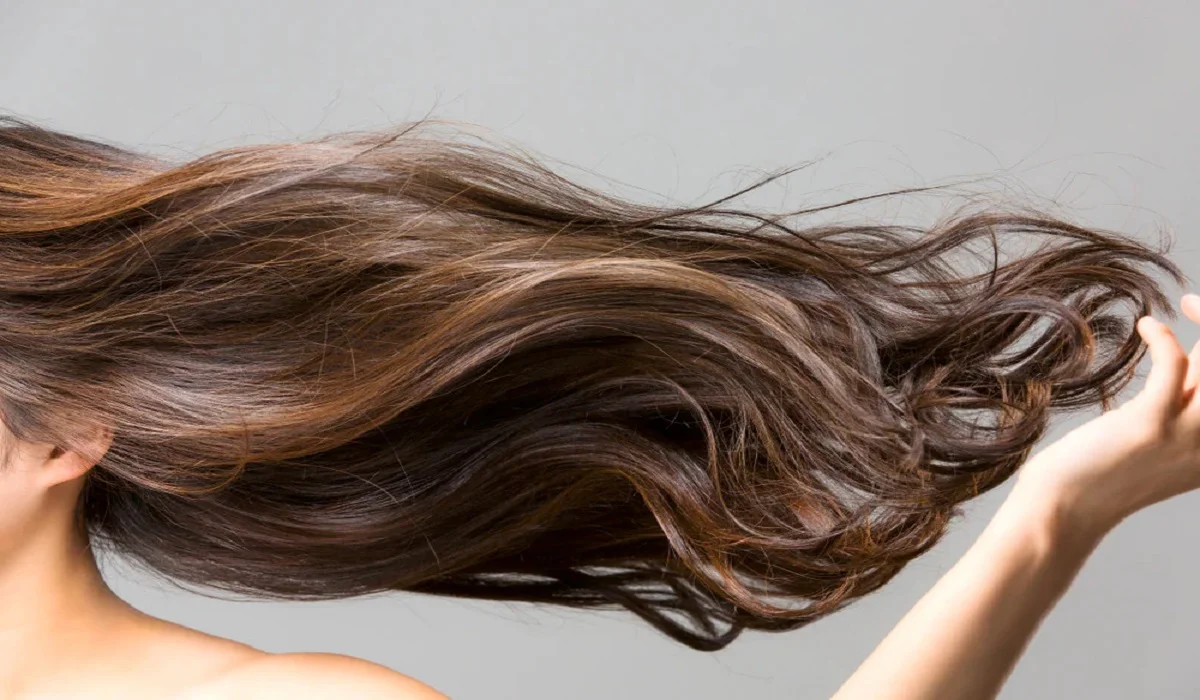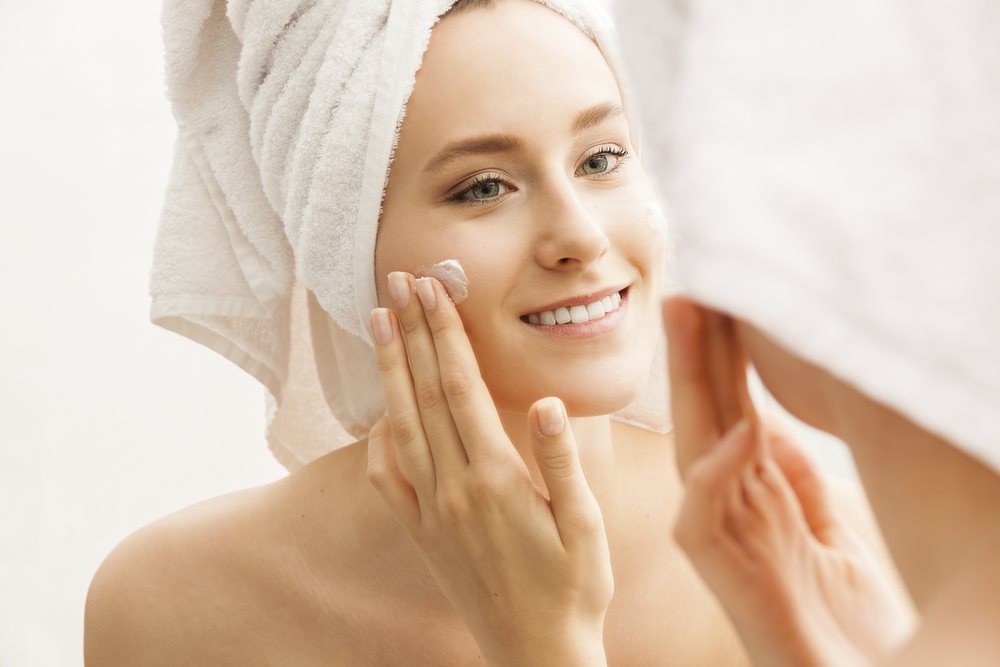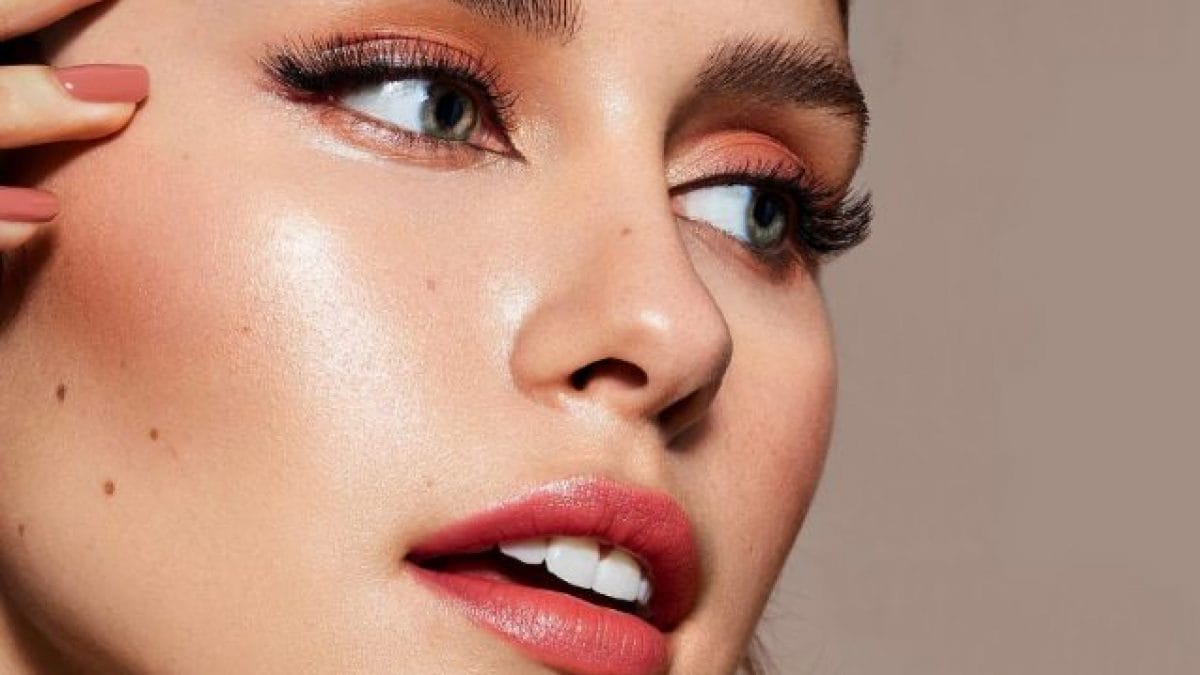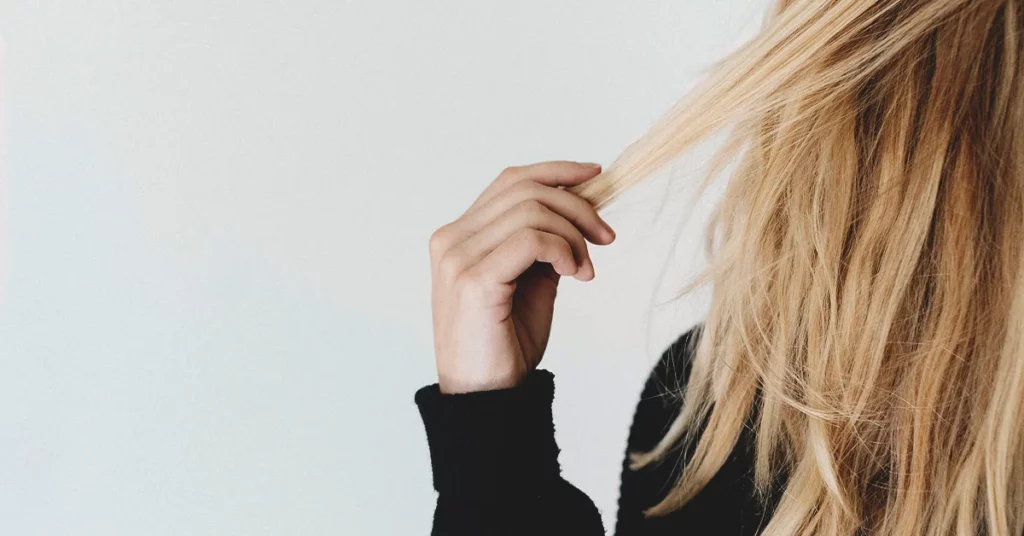
Dry and damaged hair can be a source of frustration and can significantly impact our self-confidence. However, with the right care and attention, it is possible to revive and restore the health and vitality of your hair. This comprehensive guide aims to provide you with valuable insights and practical tips to effectively treat dry and damaged hair. Additionally, we will explore the benefits and proper usage of hair primers, an essential tool in your hair care arsenal.
Understanding Dry and Damaged Hair
Before diving into treatment options, it is important to understand the underlying causes and characteristics of dry and damaged hair. Factors such as excessive heat styling, chemical treatments, environmental exposure, improper hair care routines, and nutritional deficiencies can all contribute to dryness and damage. Dry hair lacks moisture, appearing dull, brittle, and prone to frizz. Damaged hair, on the other hand, has structural impairments, such as split ends, breakage, and rough texture.
Building a Hair Care Routine
Developing a consistent and tailored hair care routine is crucial for improving the condition of dry and damaged hair. This section will outline the essential steps to incorporate into your regimen, including cleansing, conditioning, and treatments. We will discuss the importance of using sulfate-free shampoos, moisturizing conditioners, and deep conditioning masks enriched with nourishing ingredients such as keratin, argan oil, shea butter, and vitamin E. Furthermore, we will explore the benefits of incorporating natural remedies like coconut oil and aloe vera into your routine.
Nourishing Treatments for Dry and Damaged Hair
In addition to a comprehensive hair care routine, targeted treatments can help restore moisture and repair damaged strands. We will discuss various treatments, such as protein treatments, hair masks, leave-in conditioners, and serums that can provide intensive hydration and repair. We will also touch upon the significance of regular trims to remove split ends and promote healthy hair growth.
Introduction to Hair Primers
Hair primers have gained popularity in recent years as a preparatory step in the hair care routine. This section will explain the purpose and benefits of using hair primers. Primers create a protective barrier between your hair and styling tools, minimizing heat damage and reducing the risk of breakage. They also provide a smooth base for styling products and help prolong the longevity of your desired hairstyle. Hair primers can come in various forms, including sprays, creams, and serums, each offering unique benefits.
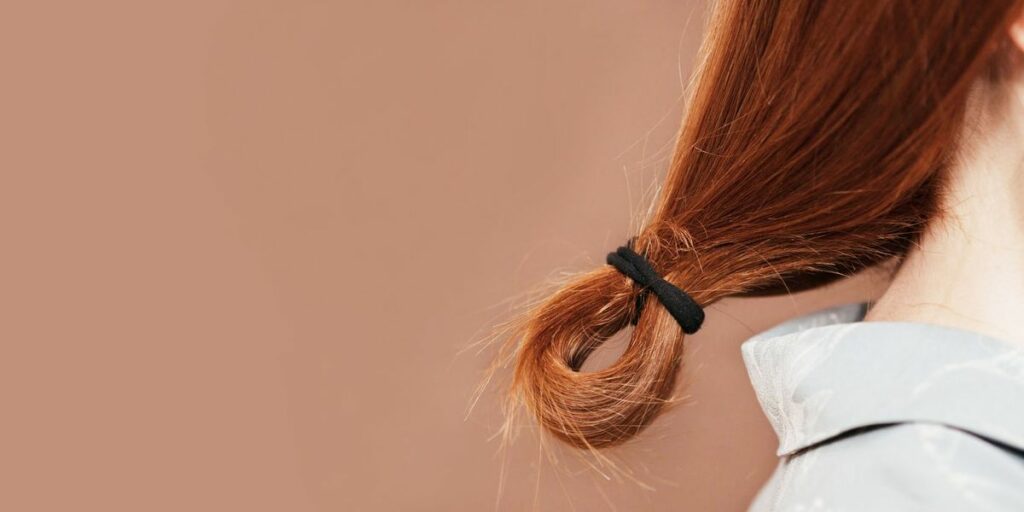
Utilizing Hair Primers for Optimal Results
To maximize the effectiveness of hair primers, it is crucial to understand their proper usage. This section will provide a step-by-step guide on how to use hair primers correctly. We will discuss the ideal application techniques, the amount of product to use, and how to distribute it evenly throughout your hair. Additionally, we will explore the compatibility of hair primers with other styling products, such as heat protectants, volumizers, and smoothing serums.
Choosing the Right Hair Primer for Your Needs
Selecting the most suitable hair primer for your specific hair type and concerns is essential. This section will highlight key factors to consider when choosing a hair primer, including ingredients, formulation, and the desired outcome. We will explore different options available in the market, from lightweight primers for fine hair to more nourishing options for thick or coarse hair. Additionally, we will discuss potential allergens or irritants to watch out for and offer tips on conducting patch tests to ensure compatibility with your scalp and hair.
Additional Tips for Treating Dry and Damaged Hair
To complement your hair care routine and the use of hair primers, this section will provide additional tips for effectively treating dry and damaged hair. These tips include adjusting your washing frequency, avoiding excessive heat styling, protecting your hair from environmental factors, incorporating a balanced diet with hair-healthy nutrients, and practicing stress management techniques to minimize hair-related issues.
Maintenance and Long-Term Care
Maintaining healthy and nourished hair requires consistent care and long-term commitment. This section will emphasize the importance of ongoing maintenance and highlight practices such as regular trims, protective hairstyles, limiting exposure to damaging elements, and avoiding harsh chemical treatments. By incorporating these practices into your routine, you can help prevent future damage and maintain the overall health of your hair. Dry and damaged hair can be effectively treated with a holistic approach that combines a well-rounded hair care routine, targeted treatments, and the use of hair primers. By understanding the underlying causes of dryness and damage, building a personalized hair care regimen, and utilizing the benefits of hair primers, you can restore and revitalize your hair’s health. Remember to choose products suitable for your hair type, consider professional advice when necessary, and practice patience and consistency in your hair care journey. With dedication and the right tools, you can transform your dry and damaged hair into luscious, vibrant locks.

